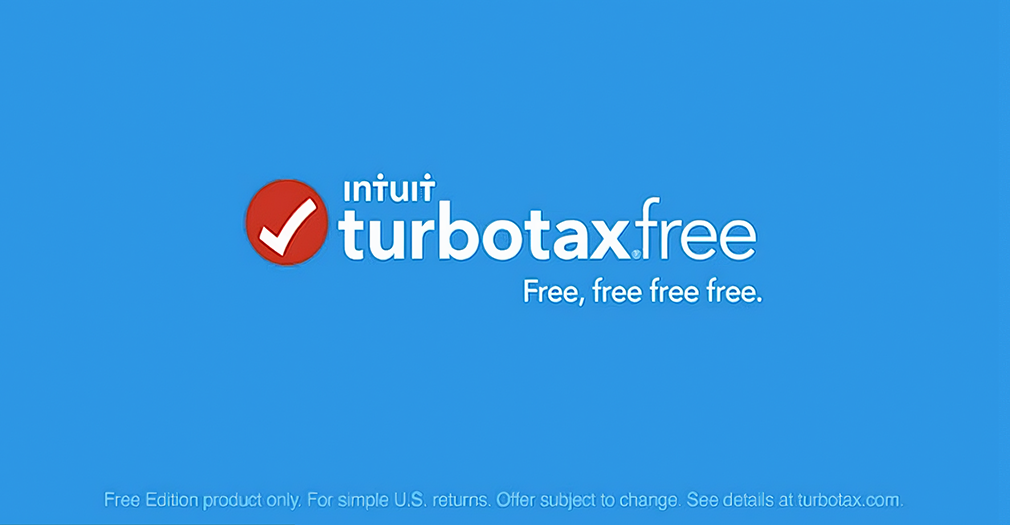
CFPB Proposes Paycheck Advance Rule
TINA.org joins coalition of consumer organizations in support of the proposed rule
Funeral homes must keep up with the times.
| Michael Springer
On June 12, 2020, TINA.org provided to the Federal Trade Commission (the “FTC”) its comments on the Funeral Industry Practices Rule, aka the funeral rule. Specifically, TINA.org urged the FTC to require funeral service providers who advertise online to post their price lists on their websites.
The FTC created the funeral rule to protect consumers shopping for funeral services. Indeed, several aspects of the experience result in a stark imbalance of power between sellers and consumers. Planning a funeral is inherently emotional and stressful – the death of a loved one ranks as one of the most stressful experiences on the Holmes-Rahe Life Stress Inventory. Few shoppers have prior experience or familiarity with the process. And the important and costly decisions typically have to be made under tight time constraints. Through the funeral rule, the FTC seeks to eliminate price gouging and haggling by funeral service providers by requiring, among other things, that prices be set in writing and provided to consumers at the beginning of discussions.
Although the rule hasn’t been changed since 1994, our lives certainly have. The internet has become ubiquitous. When the rule was last updated, fewer than 5 percent of Americans were using the internet, whereas today, over 90 percent of American adults are online. Online shopping has experienced a similar boom. The Census Bureau did not even begin tracking e-commerce sales until 2000, at which point it recorded sales of $5.3 billion. That number ballooned to $601.7 billion in 2019. This trend has also affected consumer shopping habits. The majority of consumers conduct research online prior to buying in stores, a practice especially prevalent when the purchase is relatively expensive.
What this means is simple: The Funeral Rule is outdated. If the FTC wants the funeral rule to remain effective, it must be updated to reflect consumer behavior in the modern world. Requiring funeral homes to post their price list on their websites would drastically improve the rule, benefitting both consumers and the FTC’s enforcement efforts.
For consumers, it would allow them to meaningfully price-shop before committing to a purchase. This is particularly important in the funeral services industry, where individuals dealing with grief and sorrow face intense time-pressure to make decisions. What would otherwise take hours or days of engaging with strangers in the marketplace could be accomplished in minutes from the comfort of home.
It would also improve market efficiency and create price competition. This was actually demonstrated in California, where a similar, state-mandated requirement decreased arbitrary price discrepancies and lowered prices overall.
In 2013, the California state legislature passed a law requiring funeral homes to either post price lists on their websites, or list the services provided with a “statement that the general price list is available upon request.” Funeral homes that posted their prices charged lower and more uniform prices. Those that chose not to display their prices charged, on average, 31 percent more for direct cremations ($1,695 versus $1,295) and 37 percent more for an immediate burial without a casket ($2,595 versus $1,900) than those funeral homes that posted their price list online.
For the FTC, an online price list requirement would make enforcement easier while simultaneously increasing the deterrent effect of the rule. As it stands now, the FTC’s enforcement of the rule is limited to on-site visits to funeral homes. This arduous process means that only a small fraction of the more than 19,000 funeral homes in the country can be evaluated at a time. Indeed, from 2000 to 2020, the average number of funeral homes reviewed per year was less than 100. And between 2018 and 2020, only 90 funeral homes were swept. An online price list means that, with considerably less effort, the FTC could conduct wider-ranging, virtual sweeps of every funeral home across the country. The odds of being caught would no longer work in funeral homes’ favor, forcing them into compliance.
These benefits come at a marginal cost to funeral homes: merely uploading a PDF of their already-required price list to their webpage.
TINA.org’s comment also suggests other revisions to the funeral rule, such as clarifying the rule’s embalming disclosure, standardizing the formatting of the price list and publishing the names of noncompliant funeral homes. For more details, you can read TINA.org’s comment to the FTC here.
TINA.org joins coalition of consumer organizations in support of the proposed rule
Intuit should not advertise TurboTax Free Edition without making clear that most people cannot use it.
TINA.org comment showcases the ongoing need for an FTC rule.


